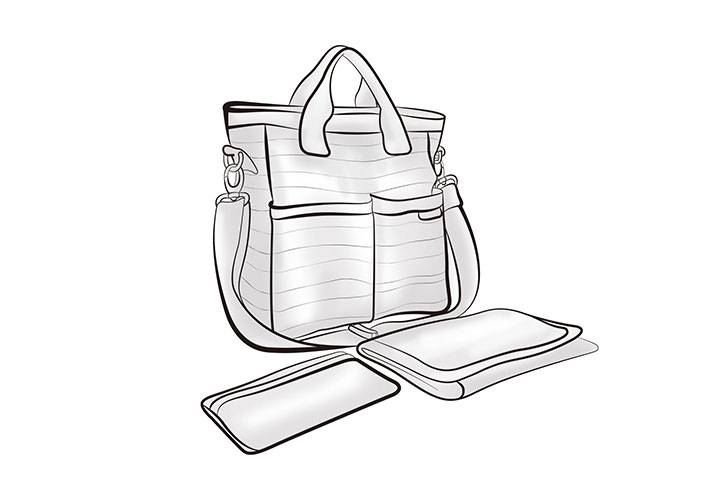Blogs & News
We have a lot of ideas and know-how about bags, material sourcing, sampling, production and a whole host of bag-related topics that we would like to share with you.
Elevating Leather A Comprehensive Guide to Edge Painting for Handbags
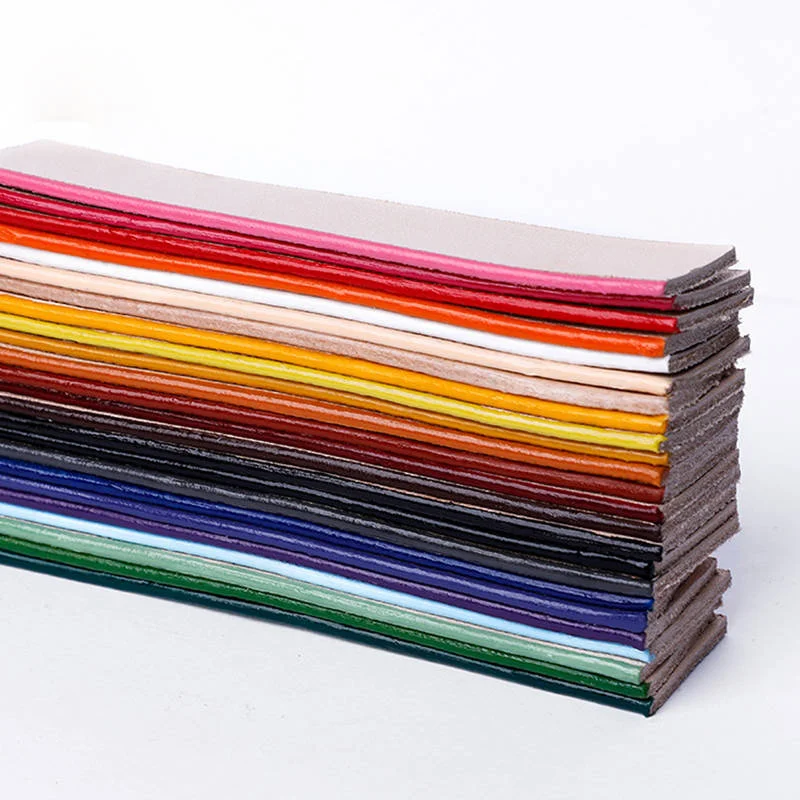
Introduction
Welcome to our comprehensive guide on edge painting for handbags—a crucial finishing technique that not only elevates the visual appeal of your designs but also enhances product durability. Whether you are a handbag designer or involved in product development, understanding and mastering edge painting can help you differentiate your work in a competitive market.
Edge painting involves applying a specialized paint to the raw edges of leather. This process not only protects your handbags from moisture and wear but also transforms them from ordinary to extraordinary through enhanced craftsmanship. In this guide, we explore the fundamentals of edge painting, discuss its benefits, and provide insights into selecting the right paint and executing the process effectively. For further information on custom and wholesale bags, please visit our Custom Bags page.
What Is Edge Painting?
Edge painting is a specialized coating technique used to embellish and protect the edges of leather accessories—including handbags, wallets, belts, and shoes. This process achieves two primary objectives:
Protection: Seals the leather edges to prevent absorption of dirt and moisture, thereby reducing wear and tear over time.
Aesthetic Enhancement: Offers an opportunity for creative expression. Available in a range of colors and finishes—from matte and satin to gloss—edge paint can either complement or contrast the primary color of the handbag, adding depth and sophistication to the design.
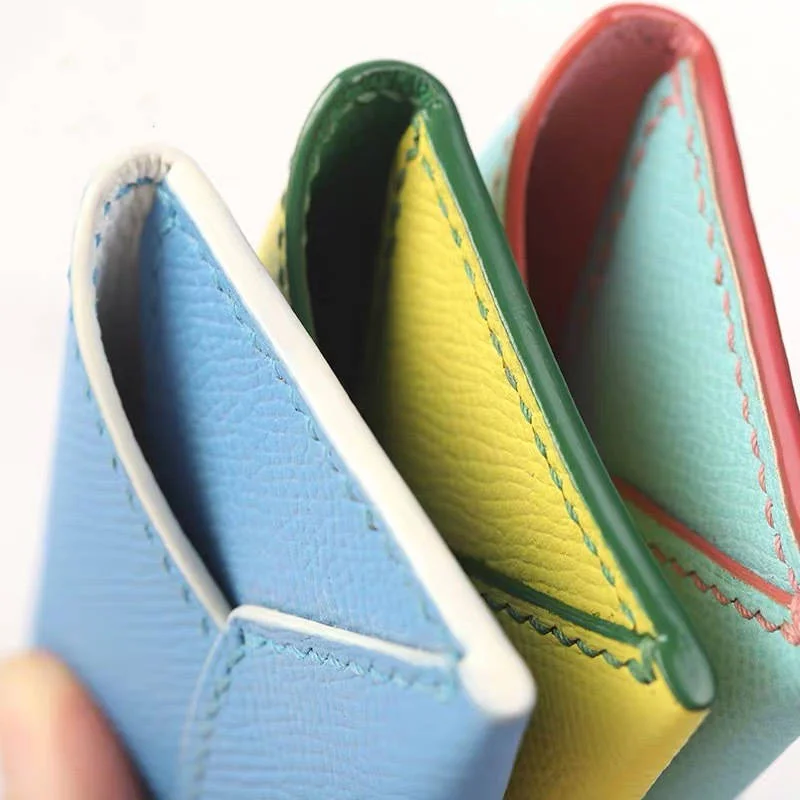
The technique involves several key steps:
1、Preparation: The leather edges must be carefully smoothed and cleaned to ensure optimal adhesion of the paint.
2、Application: The paint is applied either manually or with specialized equipment. It is common practice to apply multiple thin layers rather than a single thick one.
3、Drying: Adequate drying time is essential to ensure that the paint bonds properly and remains durable.
High-quality edge paints—whether water-based or solvent-based—offer excellent adhesion, flexibility, and resistance to fading or cracking, ensuring that your handbags maintain both beauty and structural integrity.
The Importance of Edge Painting
Edge painting is much more than a cosmetic upgrade. It plays a vital role in enhancing both the aesthetics and the longevity of leather handbags:
Enhanced Visual Appeal: A meticulously painted edge can transform a basic design into a sophisticated product. Matching or contrasting colors can be used to highlight the bag’s design, attracting discerning buyers.
Customization and Personalization: Designers can experiment with a variety of colors and finishes to cater to seasonal trends or specific consumer tastes.
Protection Against Damage: By sealing the edges, the paint prevents fraying, moisture absorption, and discoloration, ensuring that the handbag remains pristine even with regular use.
Increased Durability: Durable edge paint resists cracking and peeling, maintaining the shape and integrity of the handbag over time.
Professional Finish: A well-finished edge conveys a sense of high craftsmanship and attention to detail, enhancing your brand’s reputation and potentially commanding higher prices.
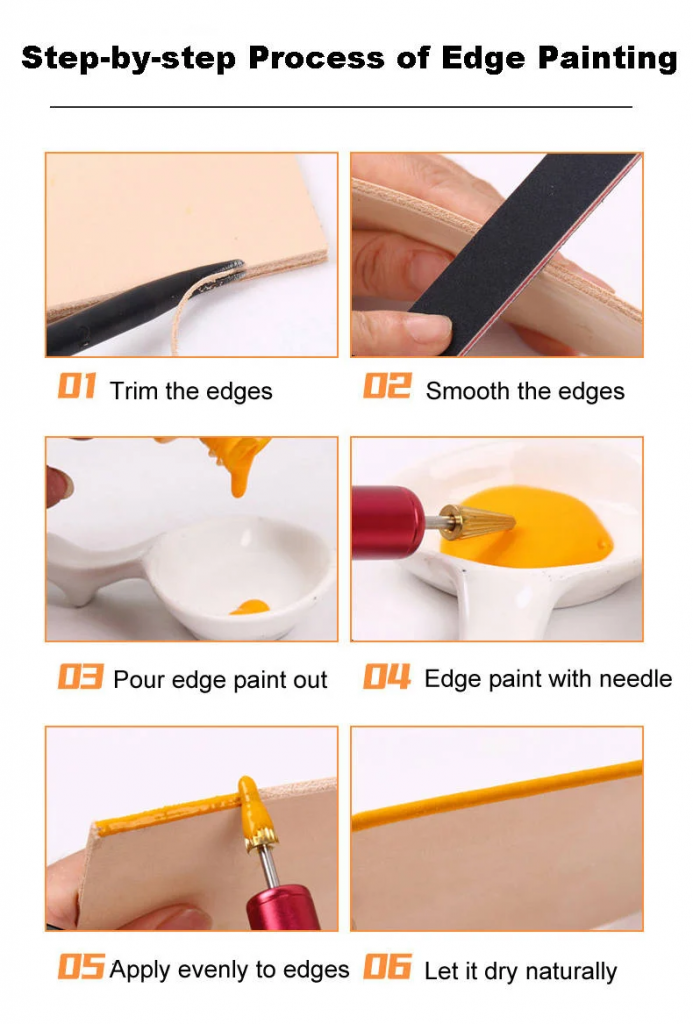
Choosing the Right Paint Color
Selecting the appropriate paint color is a critical aspect of the edge painting process. The right color can either blend with the handbag for a seamless look or provide a striking contrast to highlight its design. Consider these strategies:
Matching Colors: A uniform color scheme (for example, black edge paint on a black bag) exudes elegance and a refined, seamless appearance.
Contrasting Colors: Using a contrasting color, such as black on a white bag, can create a visually engaging effect that adds depth and interest.
Vibrant Options: Bold hues such as red, blue, or pink can infuse personality and flair into your designs, making them stand out in a saturated market.
Testing and Audience Consideration: Always create sample swatches to evaluate how the colors interact with your leather. Additionally, consider your target audience’s preferences to align your choices with market demand.
Using high-quality edge paints that provide excellent coverage and durability is essential regardless of the color choice, ensuring that your handbags maintain their aesthetic and functional integrity.
Benefits of Edge Painting on Leather Products
Edge painting offers a multitude of benefits that extend beyond mere visual appeal:
Aesthetic Enhancement: A polished edge can transform the overall look of a handbag, reflecting superior craftsmanship.
Protection: By sealing the edges, the paint protects against dirt, moisture, and the wear that comes from daily use.
Durability and Longevity: Quality edge paints provide a flexible yet resilient finish that prevents cracking and peeling, ultimately extending the life of the product.
Customization: The wide range of available colors and finishes allows designers to create unique, marketable designs tailored to specific trends or customer preferences.
Enhanced Brand Perception: Handbags that feature professionally finished edges reinforce the brand’s commitment to quality and attention to detail, which can boost market appeal and consumer confidence.
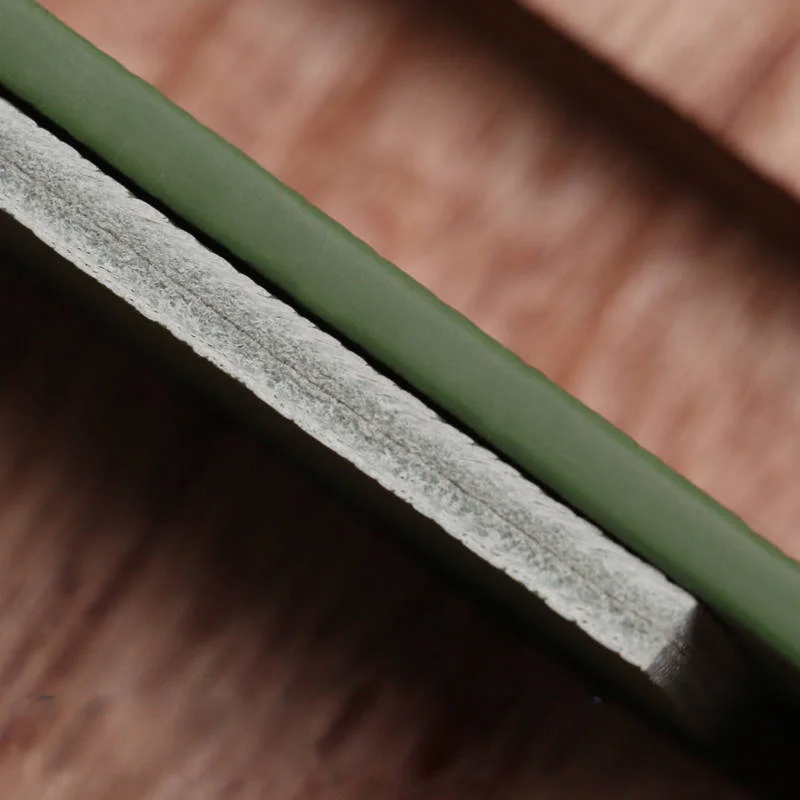
Understanding Drying Times for Edge Paint
Proper drying is critical to ensure a flawless finish and long-lasting adhesion. Several factors affect drying times:
Type of Paint: Water-based paints typically dry faster than their solvent-based counterparts.
Environmental Conditions: Humidity and temperature play significant roles—especially in regions like Shiling, Guangzhou, where high humidity from March to May can extend drying times.
Application Thickness: Thicker layers of paint take longer to dry; therefore, applying multiple thin layers is recommended.
General Guidelines:
Initial Drying: Most edge paints become dry to the touch within 15-30 minutes.
Handling Time: It is advisable to wait 1-2 hours before lightly handling the handbag.
Full Cure: For optimal durability, allow a full curing period of 24 hours before exposing the handbag to heavy use or moisture. In particularly humid conditions, a longer curing time may be necessary.
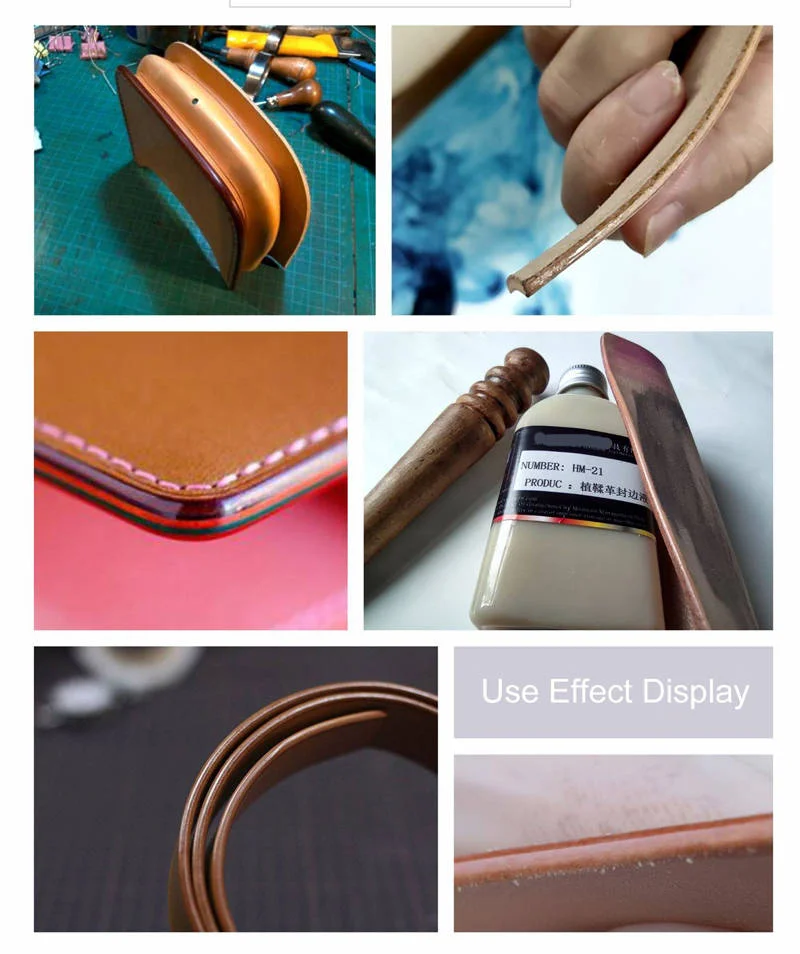
Tips for Optimal Drying:
Ensure adequate ventilation in your workspace.
Avoid direct sunlight to prevent uneven drying or color fading.
Use a fan to promote consistent airflow without overheating the paint.
Applicability of Edge Paint on Different Fabrics
While edge painting is highly effective on leather and synthetic materials, its success depends on the type of fabric:
Suitable Materials:
Leather: Full-grain, top-grain, and genuine leather all accept edge paint well.
Synthetic Leather: PU or PVC materials can also yield good results with the right formulation.
Materials to Avoid:
Denim and Canvas: These fabrics have textures that can hinder adhesion, often resulting in peeling or uneven coverage.
Thin Suede: While thicker suede may be workable, thinner versions can be too delicate.
Certain Low-Quality Synthetics: Some synthetic fabrics may not offer the necessary surface for durable paint adhesion.
Proper surface preparation, including cleaning and ensuring the material is free from oils and dust, is essential for achieving optimal results. Always conduct small-scale tests to assess compatibility and finish quality before proceeding with full production.
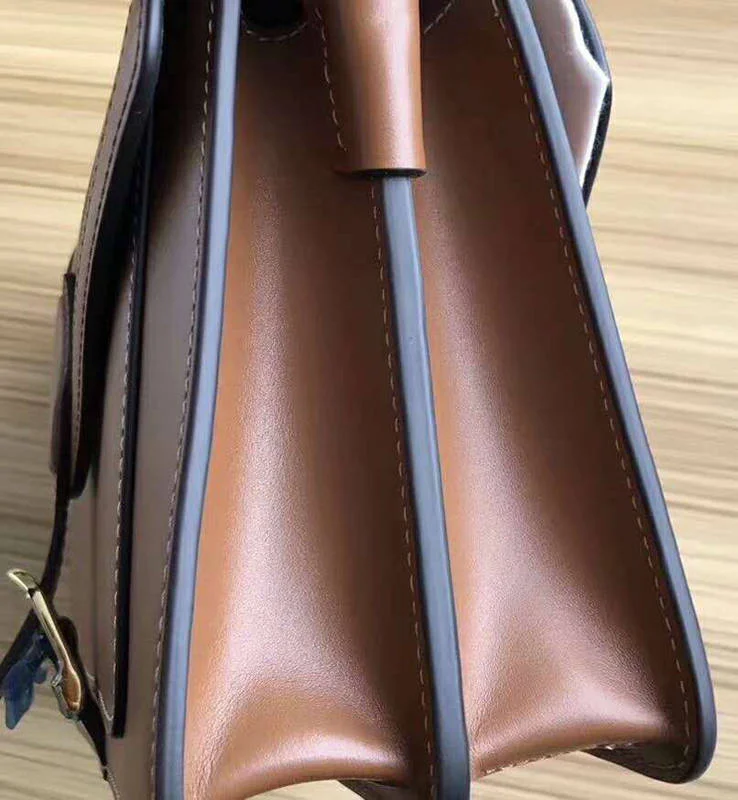
Conclusion
Edge painting is a vital finishing technique in the production of high-quality leather handbags. It enhances the product’s appearance, protects against environmental damage, and contributes to a longer-lasting, durable design. By carefully selecting the right paint, applying it properly, and considering environmental factors such as drying times and fabric compatibility, designers can achieve a professional, polished finish that sets their handbags apart in the marketplace.
Embrace the art of edge painting and see how this seemingly simple process can transform your creations, adding value and appeal that resonates with quality-conscious consumers.

